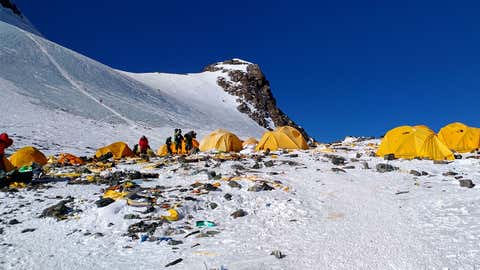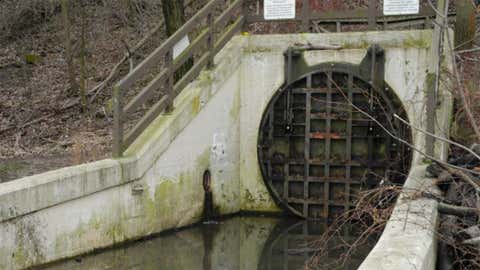


A new topographical map released by the Johns Hopkins University Applied Physics Laboratory on Friday shows that Mercury would be a hiker’s dream, minus the temperatures that reach over 800degrees Fahrenheit, of course.
About one year after the Messenger, a spacecraft that spent nearly five years orbiting the closest planet to the sun, ended its mission by slamming into Mercury, scientists revealed the first global elevation map of the planet ever produced.
The APL found the planet’s highest point to be 2.78 miles above the average elevation, and the lowest to be 3.34 miles below the average, found in the Rachmaninoff basin, they said in a new statement.
(More:Mercury's Rare Transit in Front of the Sun)
The full Topographic Map of Mercury with labeled features.
(U.S. Geological Survey)
In comparison to Mercury, the Earth’s highest point, Mt. Everest, is 4.97 miles above surface’s average elevation, and the lowest point on land, the shore of the Dead Sea, is .28 miles below the average.
The Messenger took a total of 300,000 images of Mercury during its long stay above the planet, but the map only needed about 100,000 to be completed.
“The wealth of these data, greatly enhanced by the extension of Messenger’s primary one-year orbital mission to more than four years, has already enabled and will continue to enable exciting scientific discoveries about Mercury for decades to come,” said Susan Ensor, who managed the Messenger Science Operations Center for the last nine years.
The Messenger, which stands for Mercury Surface, Space Environment, Geochemistry and Ranging, was launched back in 2004 and has orbited the planet since 2011. The spacecraft spent over 1,500 days navigating the planet a total of 4,104 times before completing its mission, according to NASA.
MORE ON WEATHER.COM:NASA's Cassini Mission
This August 1998 NASA file image shows a true color photo of Saturn assembled from Voyager 2 spacecraft. (NASA/HO/AFP)




